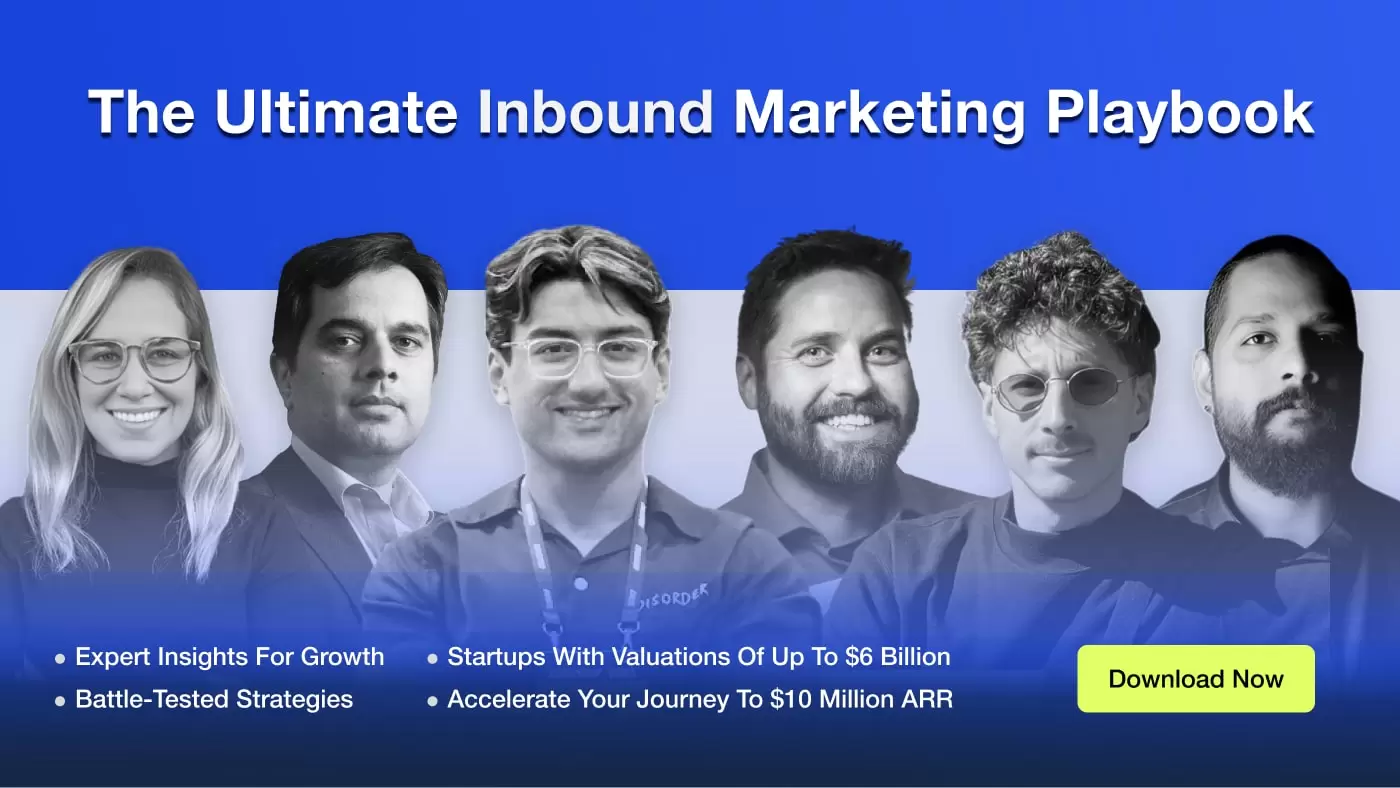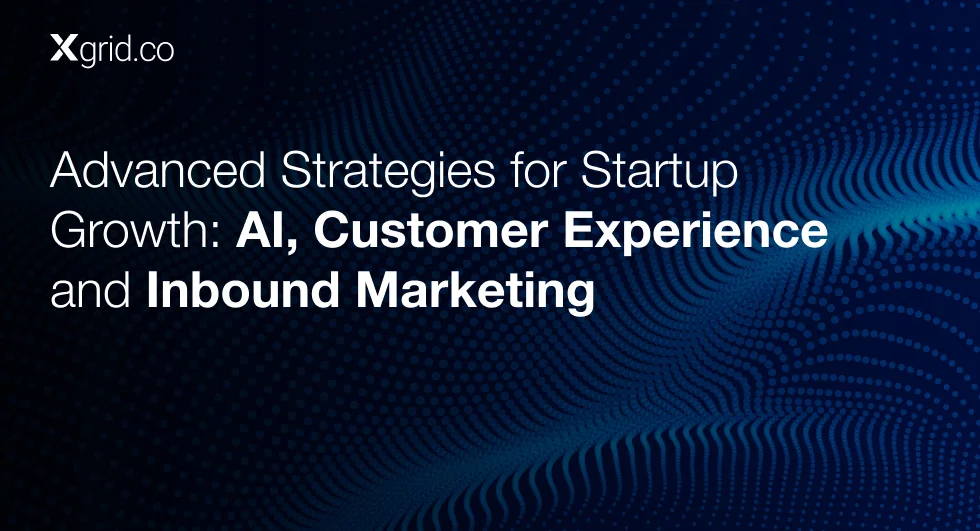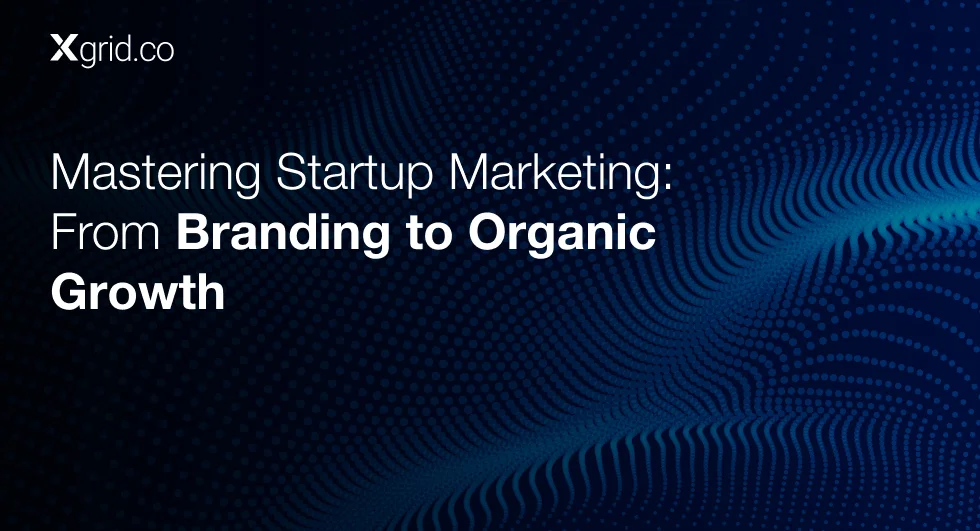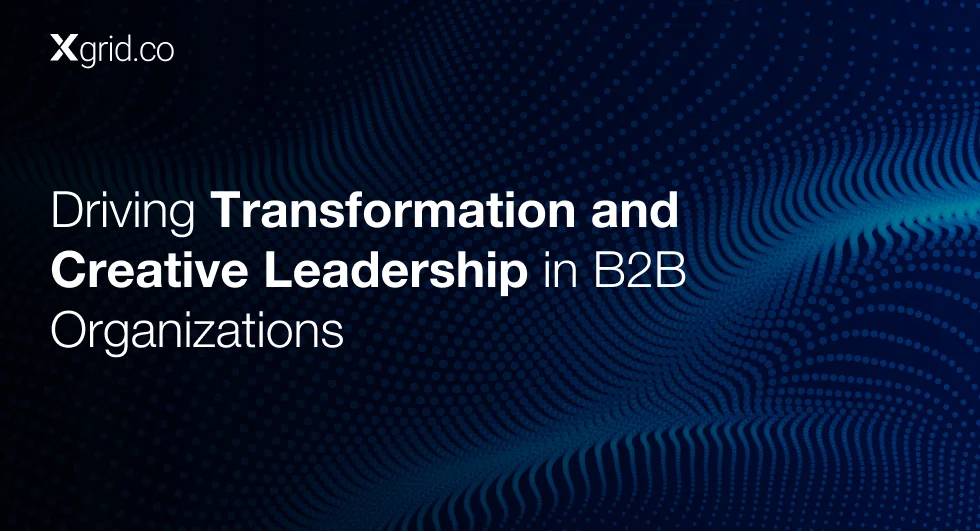Content Distribution Strategies for Early-Stage Startups
As the inbound marketing playbook for startups playbook notes, “content creation and distribution must go hand in hand for startups to maximize reach and impact.”
This article explores key content distribution strategies that early-stage startups can use to amplify their reach, build brand awareness, and engage their target audience.
Why Content Distribution Matters
In a crowded digital landscape, simply publishing content is not enough to drive traffic or engagement.
Startups need a comprehensive content distribution plan that leverages multiple channels and ensures their content is seen by the right people.
Effective distribution not only increases visibility but also drives traffic, generates leads, and builds brand credibility.
Key Content Distribution Strategies for Startups
1. Leverage Owned Media Channels
Owned media channels, such as your website, blog, and social media platforms, should be at the heart of your content distribution strategy.
These channels give you full control over how your content is presented and shared.
By regularly updating these platforms with new content, you can build a consistent brand presence and drive organic traffic.
- Actionable Tip: Create a content calendar for your owned media channels to ensure a steady flow of content. Use social media platforms like LinkedIn, Twitter, and Instagram to share blog posts, case studies, and videos, and engage directly with your audience.
2. Utilize Earned Media and PR
Earned media refers to the exposure you gain through mentions, shares, and coverage from third-party platforms.
This type of distribution is highly valuable because it adds credibility to your content and can significantly expand your reach.
Building relationships with industry influencers, bloggers, and media outlets can help amplify your content through guest posts, interviews, and mentions.
- Actionable Tip: Reach out to relevant media outlets and industry influencers to pitch guest articles, interviews, or partnerships. Earned media can significantly boost your brand’s credibility and help you reach new audiences.
3. Repurpose Content Across Multiple Channels
Repurposing content allows you to maximize the value of a single piece of content by adapting it for different platforms and formats.
For example, a blog post can be turned into a video, an infographic, or a series of social media posts. This helps you reach different segments of your audience across various channels.
- Actionable Tip: Repurpose your high-performing blog posts into videos, podcasts, or slideshares. This allows you to reach audiences who prefer consuming content in different formats.
4. Use Paid Advertising to Boost Reach
While organic distribution is important, paid advertising can help accelerate your reach, especially when targeting niche audiences.
Platforms like Google Ads, Facebook Ads, and LinkedIn Ads allow you to promote your content to specific demographics, industries, or even job titles, ensuring it reaches the right people.
- Actionable Tip: Use paid campaigns to promote key pieces of content, such as whitepapers, webinars, or case studies. Target these ads to specific audience segments to maximize ROI.
5. Collaborate with Partners and Influencers
Collaborating with industry partners or influencers can significantly increase your content’s visibility.
By partnering with influencers who already have an established following in your target market, you can tap into their audience and extend the reach of your content.
- Actionable Tip: Identify influencers and partners within your industry who align with your brand values. Partner on co-branded content, guest blogs, or social media campaigns to expand your reach.
Case Study: How Drift Used a Multi-Channel Distribution Strategy
Drift, a conversational marketing platform, effectively utilized a multi-channel content distribution strategy to drive awareness and generate leads.
By leveraging their owned media (blog and social media), earned media (guest posts and PR), and paid advertising, Drift was able to amplify their content across different platforms.
This holistic approach helped them build a strong brand presence and engage their target audience.
- Results: Drift’s multi-channel strategy led to increased website traffic, higher engagement rates, and a significant boost in lead generation.
After developing your content with influencers and filmmakers, it’s crucial to have a clear strategy for getting that content in front of the right people.
For more insights on how to effectively distribute your creative content, check out our article on creative strategy with filmmakers and influencers, where we explore how to leverage these collaborations for optimal content reach.
Conclusion
For early-stage startups, content distribution is just as important as content creation. By leveraging owned, earned, and paid media channels, repurposing content, and collaborating with influencers, startups can ensure their content reaches the right audience and drives meaningful engagement. As the playbook highlights, “effective distribution is the key to unlocking the full potential of your content.”
Downloads
Article (PDF-276 KB)MOST POPULAR INSIGHTS
- Advanced Strategies for Startup Growth: AI, Customer Experience, and Organic Marketing
- Mastering Startup Marketing: From Branding to Organic Growth
- Driving Transformation and Creative Leadership in B2B Organizations
- Crafting Impactful B2B Campaigns: Emotional Messaging, Awareness, and Empathy
- Building Brands and Campaigns on a Startup Budget with AI Efficiency
Related Articles
Related Articles

Established in 2012, Xgrid has a history of delivering a wide range of intelligent and secure cloud infrastructure, user interface and user experience solutions. Our strength lies in our team and its ability to deliver end-to-end solutions using cutting edge technologies.
OFFICE ADDRESS
US Address:
Plug and Play Tech Center, 440 N Wolfe Rd, Sunnyvale, CA 94085
Dubai Address:
Dubai Silicon Oasis, DDP, Building A1, Dubai, United Arab Emirates
Pakistan Address:
Xgrid Solutions (Private) Limited, Bldg 96, GCC-11, Civic Center, Gulberg Greens, Islamabad
Xgrid Solutions (Pvt) Ltd, Daftarkhwan (One), Building #254/1, Sector G, Phase 5, DHA, Lahore





